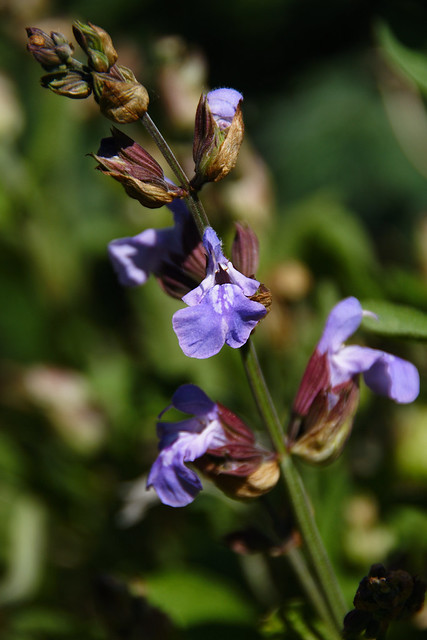This is an index and summary of the things I’ve talked about over the last month. Links for multi-post subjects go to the first post (even if it’s before this month), you can follow the internal navigation links from there. (TV shows without full posts will not be linked, but will be listed.)
Books
Fiction
“Ink and Steel” Elizabeth Bear. Third book in the Promethean Age series, part of Read All the Fiction. Kept.
“The Dervish House” Ian McDonald. Near future science fiction set in Istanbul. Library book.
Total: 2
Non-Fiction
“Plantagenet England 1225-1360” Michael Prestwich. Part of the New Oxford History of England.
Total: 1
Course
Shakespeare and His World – a course on Future Learn about the life, times and plays of Shakespeare.
Total: 1
Museums
Ancient Lives, New Discoveries – exhibition at the British Museum about 8 of their mummies that have been CT scanned.
Total: 1
Photos
Total: 4
Radio
Hindu Ideas of Creation. In Our Time episode about Hindu creation myths.
Photosynthesis. In Our Time episode about photosynthesis.
The Rubaiyat of Omar Khayyam. In Our Time episode about the Fitzgerald translation of several quattrains attributed to Omar Khayyam.
The Tale of Sinuhe. In Our Time episode about The Tale of Sinuhe which is a piece of Middle Kingdom Egyptian literature.
Total: 4
Talks
“The Eloquent Peasant” Linda Steynor. Talk given at the May meeting of the EEG.
Tyndale Society Study Day (10 May 2014) – a study day in Ipswich with three biographical talks about Ipswich connected men who were important in the English Reformation (Thomas Wolsey, John Bale and Thomas Bilney) and one talk about Ipswich as a late medieval port.
Total: 2
Television
Non-Fiction
24 Hours on Earth – nature documentary looking at the effects of the diurnal cycle on animals and plants. Lots of neat footage and a voiceover with somewhat clunky and distracting metaphors (“Soon the sun’s rays will flip the switch and it will be light” !?)
Churches: How to Read Them – series looking at symbolism and so on in British churches.
David Attenborough’s First Life – series about the origins of life and the evolution of animals.
Don’t Panic – The Truth About Population – part of the This World series this is a lecture presented by statistician Hans Rosling. It’s a very entertaining yet informative look at population growth and poverty throughout the world. It’s the answer to fears about the booming population (we’ve actually reached peak child so growth is already slowing and will top out in the next few decades). And also a look at whether or not we can really pull the third world out of extreme poverty (it’s already happening). He also talked a bit about climate change but was less convincingly reassuring about that!
The First World War – a 10 part series covering the whole of the war.
Heart vs Mind: What Makes Us Human? – poor programme trying to find a physical basis for the metaphorical idea that the heart is the seat of emotion.
How to Get Ahead – series about court life during a three different historical periods.
Ian Hislop’s Olden Days – a series about the British fascination with an idealised past.
Krakatoa Revealed – somewhat chilling documentary about the 19th Century eruption of Krakatoa and what we’re learning about the certainty of future eruptions of Krakatoa.
Monkey Planet – series about the biology and behaviour of primates.
Mud, Sweat and Tractors – series about the history of farming in 20th Century Britain.
The Necessary War – documentary arguing that the First World War was necessary (paired with The Pity of War.)
Pagans and Pilgrims – series about the sacred places of Britain, presented by Ifor ap Glyn.
The Pity of War – lecture arguing that the First World War was a senseless & unnecessary waste of life (paired with The Necessary War.) Plus a debate on the subject.
Precision: The Measure of All Things – series about measurement and the history of measurement.
The Somme: Secret Tunnel Wars – Peter Barton talking about the mining under the Somme battlefield in WWI.
A Very British Murder with Lucy Worsley – series about the popular fascination with murder in late Victorian & Edwardian times.
Total: 17


